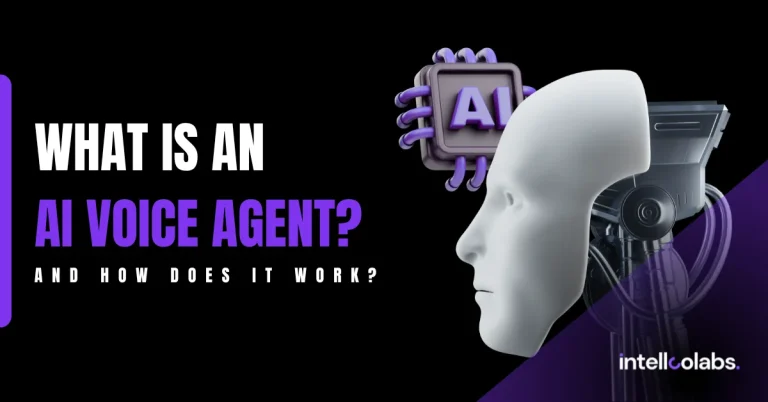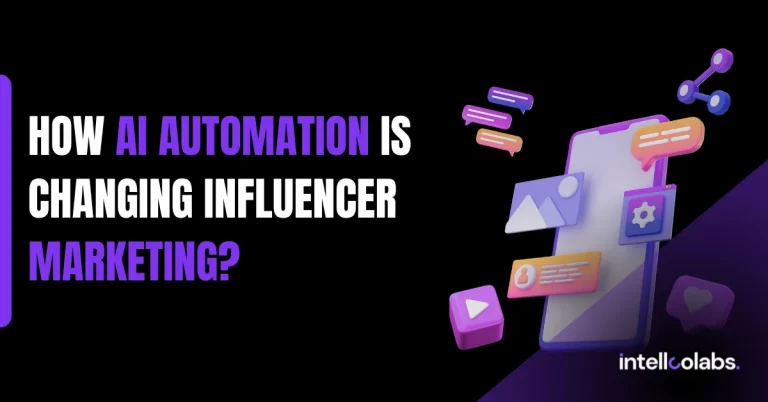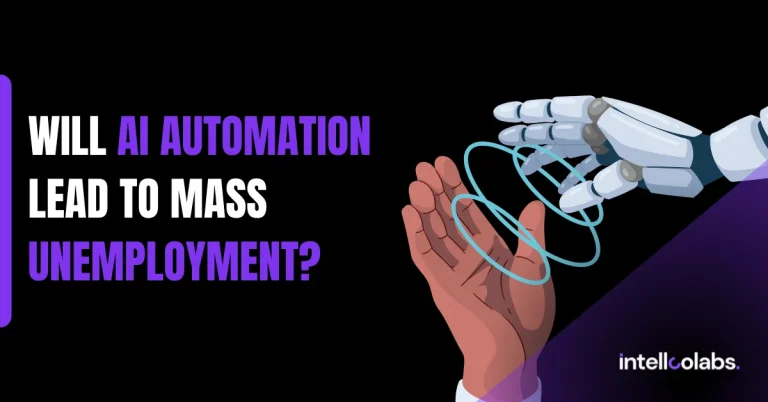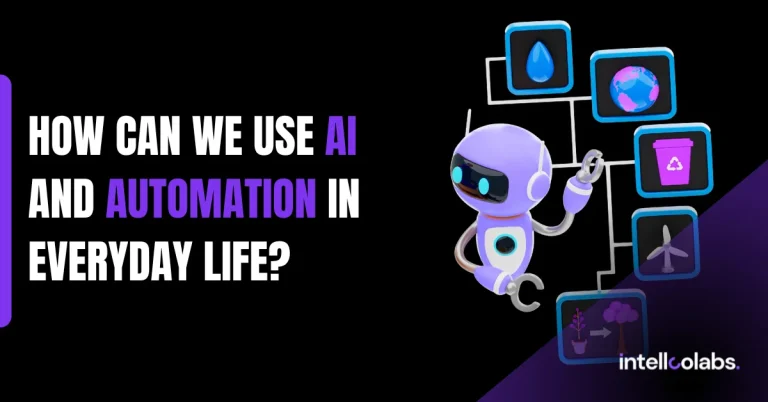
Customer service has long been one of the most human-intensive operations inside any business. It’s also one of the most expensive. Teams of agents spend hours handling repetitive queries, troubleshooting problems, and trying to resolve complaints—often with limited time, training, and tools. In today’s economy, that model is rapidly reaching its breaking point.
AI automation offers not just incremental improvements, but foundational change. With properly applied automation, businesses are cutting customer service costs by 30 to 70 percent, improving resolution times, and dramatically reducing the need for human agents to handle routine tasks. This isn’t about replacing people. It’s about making customer service scalable, intelligent, and cost-efficient in a way that simply wasn’t possible a decade ago.
The True Cost of Traditional Customer Service
Customer service operations are expensive by design. Let’s look at the actual breakdown.
According to research by Zendesk, the average cost per support ticket ranges from $15 to $25 when handled by a live agent, depending on the complexity and the industry. This cost includes wages, overhead, training, IT infrastructure, and management.
Here’s what typically drives costs:
- Salaries and labor: The most obvious line item, including costs for hiring, onboarding, training, and retention. In some industries, agent turnover rates can exceed 30 percent annually, leading to recurring hiring cycles.
- Infrastructure: Companies must invest in helpdesk software, phone systems, chat platforms, and CRMs to manage even basic support.
- Inefficiency: Humans get tired, distracted, or overwhelmed. They make errors. They forget steps. These issues create longer handle times, repeated tickets, and frustrated customers.
- Time-based penalties: In sectors like telecom or e-commerce, failure to meet Service Level Agreements (SLAs) can incur real financial penalties.
AI isn’t a silver bullet for all of this. But it eliminates a surprising amount of waste almost immediately.
Core Ways AI Automation Reduces Customer Service Costs
1. AI-Driven Self-Service Systems
One of the most straightforward ways to cut costs is to reduce the volume of tickets reaching human agents.
AI-powered chatbots and virtual agents are capable of resolving up to 80 percent of routine support requests, according to IBM. These include password resets, order tracking, account changes, billing queries, and FAQs.
For instance, Freshchat and Intercom offer AI tools that automatically greet users, determine their intent, and respond with relevant articles or automated flows. When done right, the interaction is seamless and quick, without needing to escalate to a human.
This shift alone can cut customer service costs by 40 to 60 percent, especially in high-volume environments.
2. Smart Ticket Routing and Prioritization
Even when human agents are required, AI improves efficiency behind the scenes.
Modern helpdesks use Natural Language Processing (NLP) to automatically tag, categorize, and route tickets. This means a billing issue lands directly with a finance support specialist, while a technical bug goes to engineering support. No manual triage. No internal confusion.
Salesforce Service Cloud and Help Scout use machine learning to analyze message intent and prioritize urgent tickets. This reduces the average handle time (AHT), increases first contact resolution, and eliminates wasted time transferring tickets between departments.
3. 24/7 Automated Coverage
Staffing a round-the-clock support team is expensive. It requires night-shift premiums, weekend coverage, and often multiple regional teams to handle different time zones and languages.
AI doesn’t have that problem. Once deployed, a virtual agent can operate 24/7 without breaks, fatigue, or added cost.
This always-on presence ensures that customers get immediate help at any hour, which not only reduces ticket volume during peak hours but also improves customer satisfaction metrics like CSAT and NPS.
4. Multilingual Support Through AI Translation
Supporting international customers typically requires hiring multilingual staff or outsourcing to third-party call centers, both of which add operational complexity and cost.
Real-time AI translation tools like Unbabel, DeepL, and Google Cloud Translation API now allow a single agent to handle tickets in over 20 languages. AI handles both inbound and outbound translation, while human agents respond in their native tongue.
This unlocks global support capabilities without scaling team size or language-specific training, and can reduce translation-related overhead by up to 70 percent.
5. Agent Assist and Knowledge Suggestions
AI doesn’t just help customers. It helps agents too.
AI-powered agent assist tools suggest answers in real time based on the conversation, past ticket data, and internal documentation. Instead of searching a knowledge base, the right article is surfaced instantly.
Zendesk AI and Forethought integrate these tools directly into the support console, shaving off seconds or minutes per interaction.
Shorter conversations mean more tickets resolved per hour, lower staffing requirements, and faster onboarding for new hires, since they no longer need to memorize extensive documentation before becoming productive.
6. Predictive and Proactive Support
This is where AI starts to feel less like a cost-saver and more like a strategic advantage.
AI can analyze user behavior, usage patterns, and support history to detect when a customer is likely to have an issue—even before they reach out.
A SaaS company might detect that a customer hasn’t set up a key feature, or a telco might see data usage spikes suggesting a billing confusion. AI can trigger proactive messages, tips, or alerts that reduce the likelihood of a future support ticket.
This preventative approach has been shown to reduce ticket volume by 15 to 25 percent over time, especially in subscription-based businesses.
Real-World Examples of Cost Reduction Through AI
| Company | AI Tool Used | Reported Cost Savings |
|---|---|---|
| Vodafone | AI Chatbot “TOBi” | Saved $47 million per year |
| Amtrak | Chatbot “Julie” | Handled 5 million+ requests, saved $1M+ annually |
| Bank of America | Virtual Assistant “Erica” | Supports 25 million users, reduced live agent dependency |
| H&M | Google Cloud Contact Center AI | Reduced call volumes significantly, increased automation accuracy |
These examples show that AI in customer service is not a theoretical advantage. It’s a proven cost lever used by some of the world’s most operationally rigorous organizations.
Cost-Benefit Analysis: AI vs Human Support
| Metric | Human Agent | AI Automation |
|---|---|---|
| Cost per interaction | $15–$25 | $0.10–$0.70 |
| Response time | 1–30 minutes | Instant |
| Availability | 8 hours per day | 24/7 |
| Language support | 1–2 languages per agent | 20+ via real-time translation |
| Scalability | Limited by headcount | Instantly scalable |
| Training requirement | Weeks/months | One-time setup |
This isn’t about choosing AI over humans. It’s about enabling humans to do more meaningful work while machines handle what they do best: repetition, pattern recognition, and speed.
Long-Term Operational Benefits
Beyond direct cost savings, AI automation in customer service brings deeper operational value.
- Reduced burnout and churn: AI handles repetitive tasks, leaving agents to solve interesting problems. This improves job satisfaction and retention, which reduces rehiring and retraining costs.
- Faster onboarding: New hires don’t need to learn the entire knowledge base. AI assists them in real time, making them productive within days, not weeks.
- Better customer lifetime value (CLTV): Faster, more personalized service improves satisfaction, which reduces churn and increases upsell potential.
These are multiplier effects that extend far beyond a lower per-ticket cost.
Challenges and Responsible Implementation
Every technology comes with trade-offs. AI in customer service is no exception.
- Over-automation: When every interaction feels like a bot, customers may feel alienated. Complex or emotional issues still require human empathy.
- Poor escalation paths: Without seamless handoff to human agents, AI systems can frustrate users when they hit a wall.
- Initial investment: While many AI tools offer fast ROI, there is still a need for upfront planning, training, and integration.
- Bias and fairness: AI models must be trained on inclusive, representative data to avoid reinforcing harmful patterns or excluding certain customers.
Successful companies approach AI not as a magic switch, but as a strategic system that augments their human teams and evolves over time.
Conclusion
Customer service is a cost center in nearly every business. It’s also a key driver of brand reputation, customer loyalty, and operational complexity. AI automation offers a rare opportunity to reduce costs while actually improving the customer experience.
From virtual agents that handle 80 percent of your inbound requests to multilingual translation tools and predictive outreach, the landscape of customer service is being transformed in real time.
The companies that lead in this space aren’t the ones with the most call centers. They’re the ones that apply AI with intention, measure what works, and use human creativity where it matters most.
In a world where customer expectations are rising and margins are tightening, this shift isn’t optional. It’s inevitable. The only real question is whether you’ll be ready before your competitors are.






